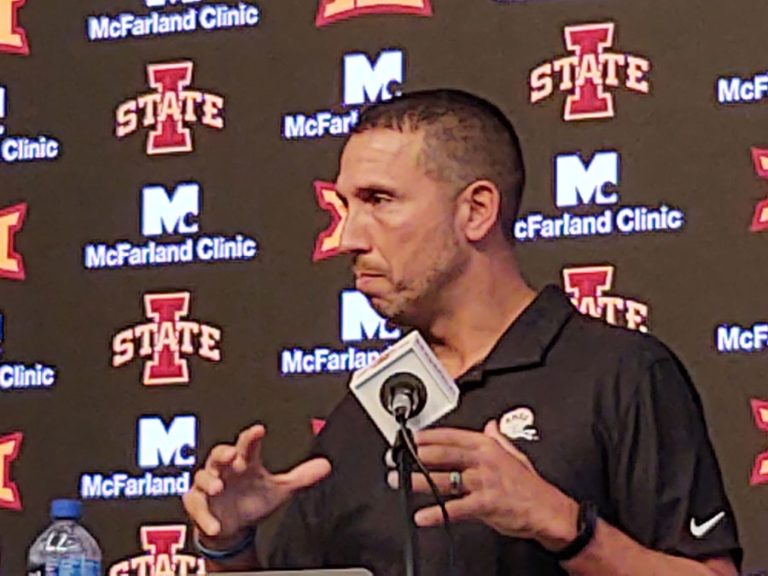Sibley, Iowa — One of the tools in the economic developer’s toolbox is a complicated one called “Tax Increment Financing,” or TIF. And the proposed use of some TIF funds is proving controversial in Osceola County.

According to Robert E. Josten of the firm Dorsey & Whitney in Des Moines, Tax Increment Financing or TIF is a method of reallocating property tax revenues that are produced as a result of an increase in taxable valuation above a “base valuation” figure within a tax increment area. In other words, when a piece of property is improved and the valuation goes up, the tax revenue that is generated from that increase is redirected to somewhere other than where that money would normally go. Sometimes it is used for infrastructure that would benefit the new business, sometimes it is used to stimulate other economic development, and so forth.
They say that until the TIF period is expired, tax revenues produced by property taxes on that increase — that would normally have gone to a city, county, school district, area school or any other taxing jurisdiction — are instead allocated back to the city or county that created the TIF for economic development projects in that area.
A possible TIF district and Urban Renewal Area is being discussed right now in Osceola County.
The county has used Tax Increment Financing on some wind turbines in the county in the past. In the case of the turbines being discussed right now, the developers applied for and received a tax incentive in which their taxes on the new valuation would be raised in five increments.
According to Osceola County Board of Supervisors Chairman Merlin Sandersfeld, the time period to ramp up to full taxation on the increase in value was five years, or five increments. Four increments have passed through toward normal funding streams. But recently, a plan was brought forth to help the City of Harris with a waste water project and lagoon that needed funding. The City of Harris can set up an Urban Renewal Area in a two-mile radius of Harris, which includes 22 turbines. But Sandersfeld says that since Harris could only count on the revenue from the increased valuation of 22 of the turbines, they didn’t feel that that would be enough revenue for their project.
So, the proposal was made that the tax revenue from the increase in valuation for 53 of the wind turbines in the area for the final increment go toward the Harris project for the duration of the plan instead of only the 22 turbines around Harris. The Urban Renewal Plan that is proposed redirects this final increment to Harris for the next 13 years.
Some people are upset that this would mean that Osceola County and the Harris-Lake Park School district would miss out on those revenues from the increase in valuation, says Sandersfeld. But he emphasizes that this is only on the increase in valuation — in other words it’s not taking away any old money from the school district — it’s only keeping from them for thirteen years, a revenue source that they haven’t had yet in the first place. Plus, says Sandersfeld, the state does back fill some of the money to school districts as well. He says they back fill all but about 18 percent of the revenues lost to a TIF. (So the school district would still receive about 85 percent of the new money.)
Sandersfeld tells us that there is a meeting of the taxing bodies, called a consultation meeting coming up this Friday, October 2nd. The taxing bodies, including the City of Harris, Harris-Lake Park schools, and Osceola County will be there, and the plan will be explained. He says after that, a public hearing is scheduled for October 20th, at which time any objections can be made. Sandersfeld says the issue would then move on to a vote to proceed or not.











